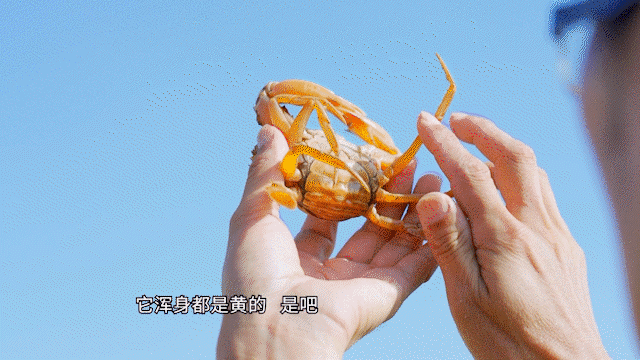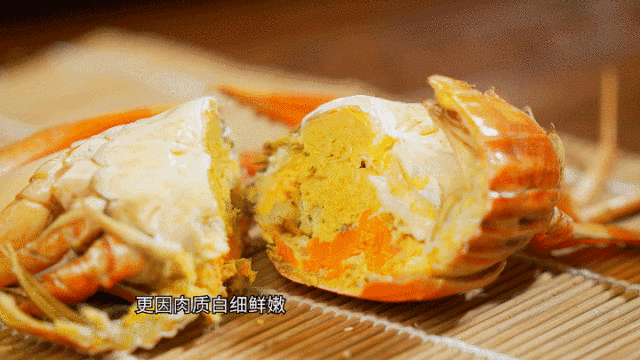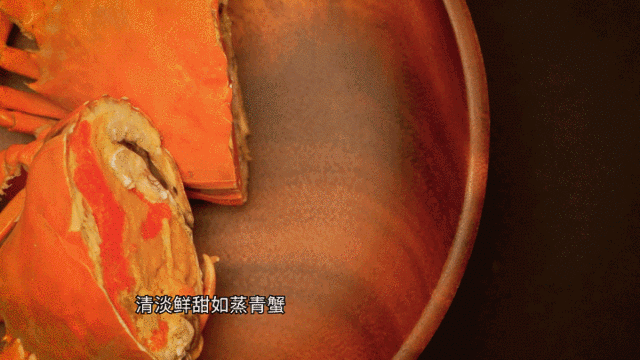During the autumn in Guangdong, the culinary spotlight turns to Jiangmen, where the Taishan blue crab reaches its peak season. Known for their large size, full roe, and sweet, tender meat, these crabs have become a draw for food enthusiasts across China.

(Photo: GDTV)
The crabs thrive in the unique environment at the estuary where the Tanjiang and Xijiang Rivers meet the South China Sea, with water salinity levels around 8-10%, which are ideal for their development. Local growers often use small clams from nearby waters as natural feed, contributing to the crabs' distinct flavor profile—firm, subtly salty meat with a clean, sweet finish.

(Photo: GDTV)
While steamed crab served with ginger-scallion oil or light soy sauce remains a classic, local chefs have embraced diverse preparations. These include Cantonese-style Typhoon Shelter Fried Crab, crab congee, and even crab roe steamed with egg or minced pork. For many diners, the simplicity of steaming best preserves the crab's natural sweetness.
A notable variant is the Butter Crab, a seasonal rarity occurring in roughly 0.2–0.5% of blue crabs. When female crabs are exposed to specific conditions of sunlight and diet, their roe emulsifies into a golden oil that permeates the entire body. These crabs command premium prices, with top specimens exceeding ¥1,000 each, and are typically steamed whole to preserve their rich, buttery texture.

(Photo: GDTV)
The crab season also supports local tourism, with visitors heading to farms and seafood markets in towns like Duhu to observe harvesting or join tasting events. Farmers like Wang Jianfeng, head of the Taishen Crab Farming Association, emphasize sustainable breeding and quality control to maintain the crabs' reputation while expanding their accessibility.
Author | Feng Huiting
Editor | Liu Lingzhi, James Campion, Shen He






